Original run June 1994 – February 2006 | Directed by Takashi Annō Volumes 14 (List of volumes) | |
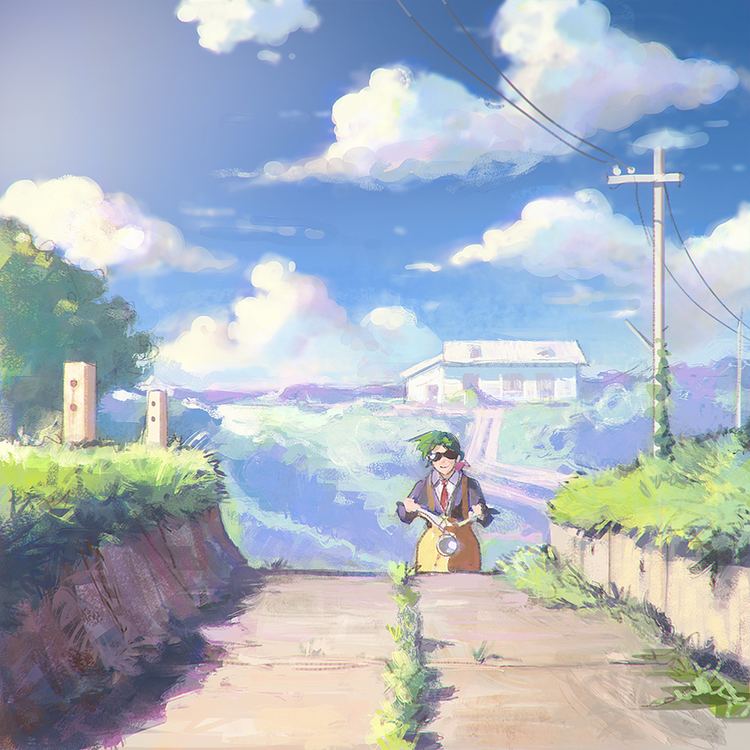 | ||
Studio Ajia-do Animation Works Released May 1998 – December 1998 Genres Science Fiction, Slice of life Similar Legal Drug, Miyuki‑chan in Wonderland, The Candidate for Godde, Gunsmith Cats, Clover | ||
Yokohama Kaidashi Kikō (Japanese: ヨコハマ買い出し紀行) is a science fiction manga written and illustrated by Hitoshi Ashinano. The title can be translated Yokohama Shopping Log or Record of a Yokohama Shopping Trip. One tankōbon volume, the publisher's former English language website, and the second original video animation (OVA) series have the subtitle Quiet Country Cafe in English. The series is often referred to in wāpuro rōmaji as Yokohama Kaidashi Kikou, or simply abbreviated as YKK by fans outside Japan.
Contents
The manga was serialized in Kodansha's Afternoon magazine from June 1994 to February 2006, with a concluding postscript episode in July 2006, and collected in 14 tankōbon volumes. Parts of the story were adapted as two OVA anime series of two episodes each.

The series depicts the daily life of a robot who runs a coffee shop some time after the Earth's ecology has collapsed. It is noted for its spare pen-and-ink drawing style, as well as its calm, meticulously paced stories and engaging characters. Yokohama Kaidashi Kikō won the 2007 Seiun Award for best science fiction comic.
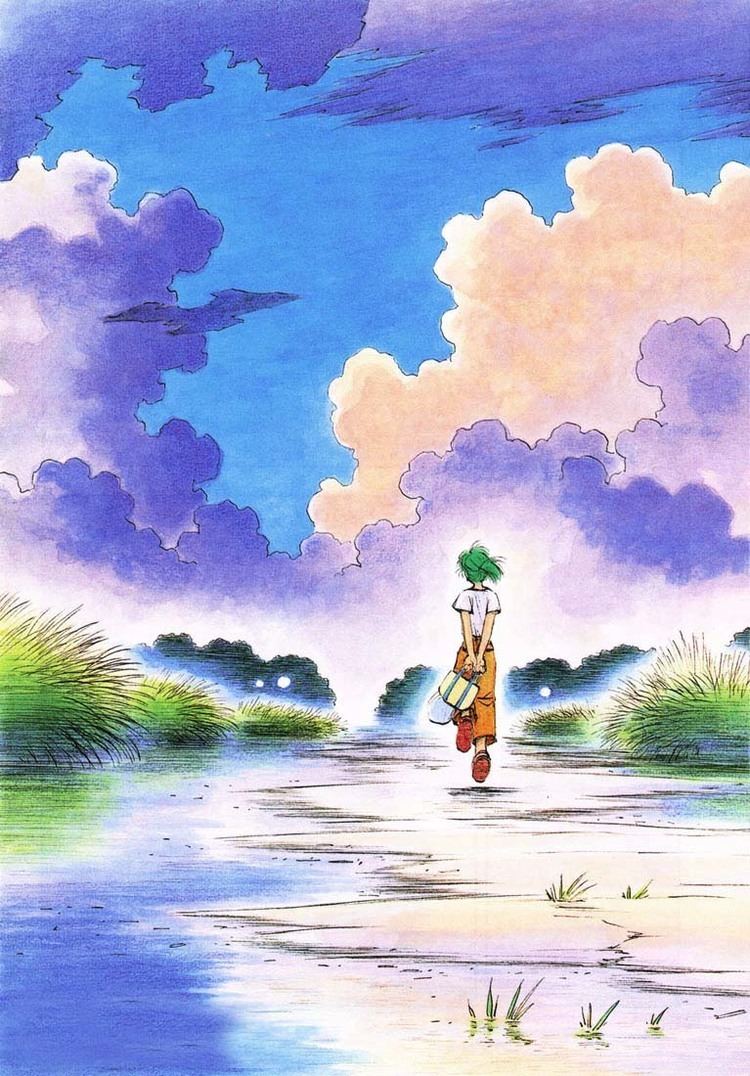
Plot
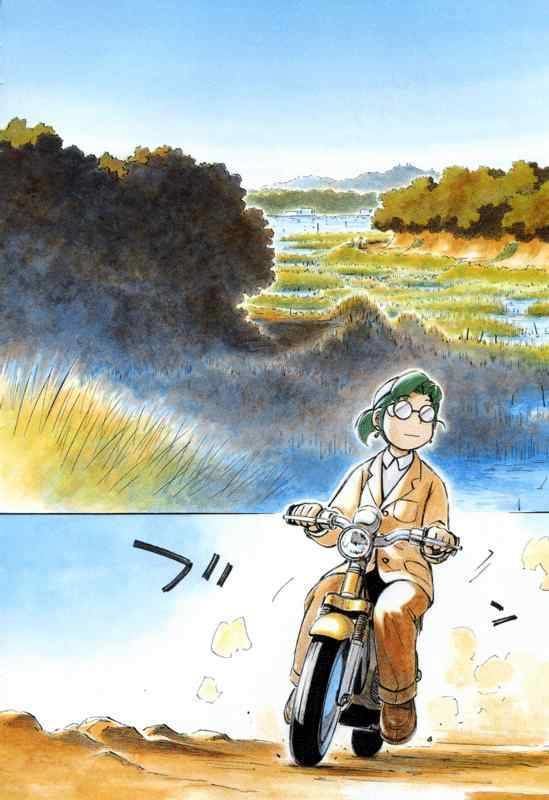
Yokohama Kaidashi Kikō is set in a peaceful, post-cataclysmic world where mankind is in decline after an environmental disaster. Exactly what happened is never explained, but sea levels have risen significantly, inundating coastal cities such as Yokohama, Mount Fuji erupted in living memory, and climate change has occurred. With the seasons being less pronounced, the winters are milder and the summer isn't scorching anymore. The reduced human population has reverted to a simpler life, and the reader is told this is the twilight of the human age. One scene depicts an anti-aircraft missile being used in a firework display. Instead of raging against their fate, humans are quietly accepting.
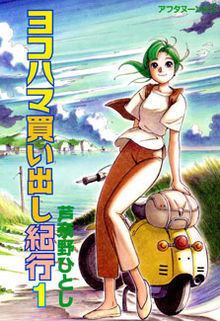
Alpha Hatsuseno is an android ("robot person") who runs an out-of-the-way coffee shop, Café Alpha, on the lonely coast of the Miura Peninsula of Japan, while her human "owner" is on a trip of indefinite length. Though she spends much of her time alone, Alpha is cheerful, gregarious, and—unlike the slowly declining humans—immortal.

Most chapters of Yokohama Kaidashi Kikō are self-contained slice-of-life episodes depicting Alpha in daily activities, either alone, with customers, or on occasional trips through the countryside or into Yokohama for supplies (whence the "shopping log" of the title came). Whole chapters are devoted to brewing coffee, taking photographs, or repairing a tiny model aircraft engine, sometimes with only a few lines of dialogue. Through Alpha's experiences, the author brings out the small wonders of everyday life and makes the reader aware of their passing: the aircraft engine runs out of fuel; her scooter breaks down; the rising ocean encroaches on her coffee shop; the neighborhood children she loves grow up and move away. In evoking a nostalgia for this loss, Ashinano follows the Japanese tradition of mono no aware (sadness for the transience of things).
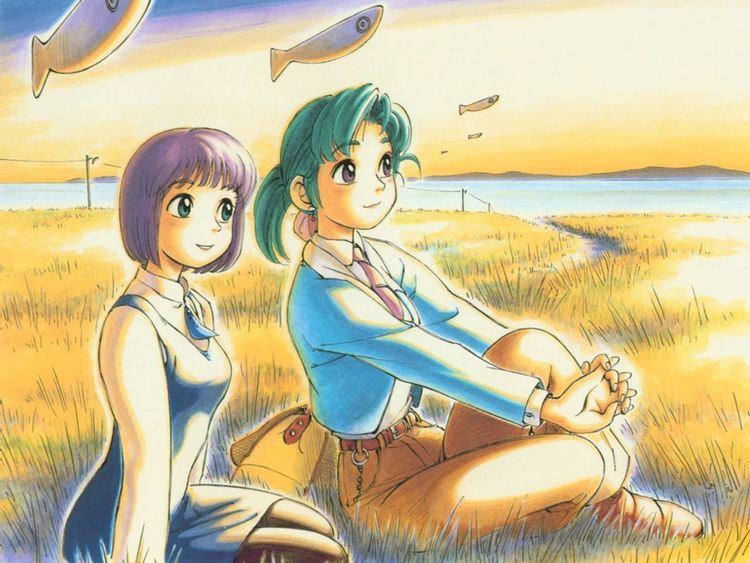
Though often self-contained, the stories have continuity—relationships grow and change, and seemingly insignificant details reappear later. Ashinano explains few details of Alpha's world, leaving mysteries that engage the reader as the series unfolds in a meandering progression, by turns funny, touching, and nostalgic.
Characters
Influences and themes
Flying and flight recurs through the series. Alpha herself has repeated visions of flying. Planes that appear include Nai's airplane, the always-flying Taapon, and the model airplane engine that Alpha finds but never flies. The A7 series of robots is named after a Japanese World War II warplane Mitsubishi A7M that never saw production, and the character Saetta's name may be inspired by an Italian World War II warplane built by Aeronautica Macchi. Takahiro leaves ("flies away") to work for Nai. Ayase's kamas is a kind of flying fish. In the postscript episode, the unnamed character travels by glider.
The series contains elements of Chinese culture and mythology. Alpha's gekkin guitar is of Chinese origin, and the Taapon aircraft is named after the mythological bird Peng (taapon is the Japanese transliteration of da peng).
Some character names appear in the geography of the Yokohama area. For example, there is a bus stop named Koumi'ishi to the south of Hayama, and Atsugi airfield, where Alpha meets Nai, is located in Ayase. There is a place called Maruko in Yokohama where Maruko's gallery is supposed to be.
That several details of Yokohama Kaidashi Kikō are left unexplained, or have answers only hinted at, is frequently mentioned in reviews of the series as contributing to a tone of mystery. Some are mysteries to the characters, which they speculate about without reaching conclusions, while others are presented to the reader without comment. Among the most prominent are:
Comparisons have been made between Yokohama Kaidashi Kikō and Aria, noting that they are both quiet slice-of-life stories in a futuristic setting with a similar emotional effect. A reviewer at Uknighted Manganime wrote, "What the two have in common, though, is a bright look at the future and a generally optimistic view of humanity, despite our failings."
Manga
A total of 140 chapters were published in Japan by Kodansha in the seinen (aimed at younger adult men) manga magazine Afternoon between June 1994 to February 2006. The serial chapters were collected in 14 tankōbon volumes by Kodansha under the Afternoon KC imprint. In Q4 of 2009 Kodansha started a reprint of the tankōbon volumes. It is licensed in Korea under the title 카페 알파 (Café Alpha), in Indonesia by M&C Comics, and in Taiwan by Tong Li Publishing.
Original Japanese release dates:
Japanese re-release dates:
In addition, a six-page postscript episode was published in the July 2006 issue of Afternoon. Titled "Touge" ("Mountain Pass"), this story does not have a chapter number and was not included in the original collection, though it is included in volume 10 of the re-release.
A postcard book (ISBN 978-4-06-330041-3) with art from the manga was published on 24 September 1997, and an artbook (ISBN 978-4-06-330196-0) was published on 20 March 2003.
Anime
Parts of the manga have been dramatized in two original video animation (OVA) anime series of two episodes each. In both series, Alpha is voiced by Hekiru Shiina and Kokone by Akiko Nakagawa.
A soundtrack CD for the second series was produced in 1998.
Drama CDs
Three drama CDs of Yokohama Kaidashi Kikō were released in 2002. In all three, Alpha is voiced by Hekiru Shiina and Kokone by Akiko Nakagawa.
Novel
A novel based on Yokohama Kaidashi Kikō called Yokohama Kaidashi Kikō Novel: Seeing, Walking, Being Glad (小説 ヨコハマ買い出し紀行―見て、歩き、よろこぶ者), written by Teriha Katsuki (香月照葉, Katsuki Teriha) and illustrated by Hitoshi Ashinano, was published by Kodansha on 23 October 2008 (ISBN 978-4-06-373326-6). Set long after the conclusion of the manga series, it tells the story of a boy robot named Omega and his search for the legendary Cafe Alpha.
Reception and awards
Even though it has not been published in English, Yokohama Kaidashi Kikō has received significant attention from reviewers outside Japan. Many reviewers praise Ashinano's drawing style, meticulous pacing, and engaging characters. Dirk Deppey wrote in The Comics Journal, "Yokohama Kaidashi Kikou isn't just one of my favorite manga stories; it's one of my favorite comics, period." Derik A. Badman wrote, "This is light years beyond almost all the manga being translated and published in the US." A reviewer at Uknighted Manganime wrote, "Artwise, Yokohama Kaidashi Kikou ranks as the most impressive I have ever seen," adding, "Yokohama Kaidashi Kikou is, in short, the finest manga I have ever read, and I don’t see it being surpassed anytime soon, if ever."
The series won the 2007 Seiun Award for Best Manga.
